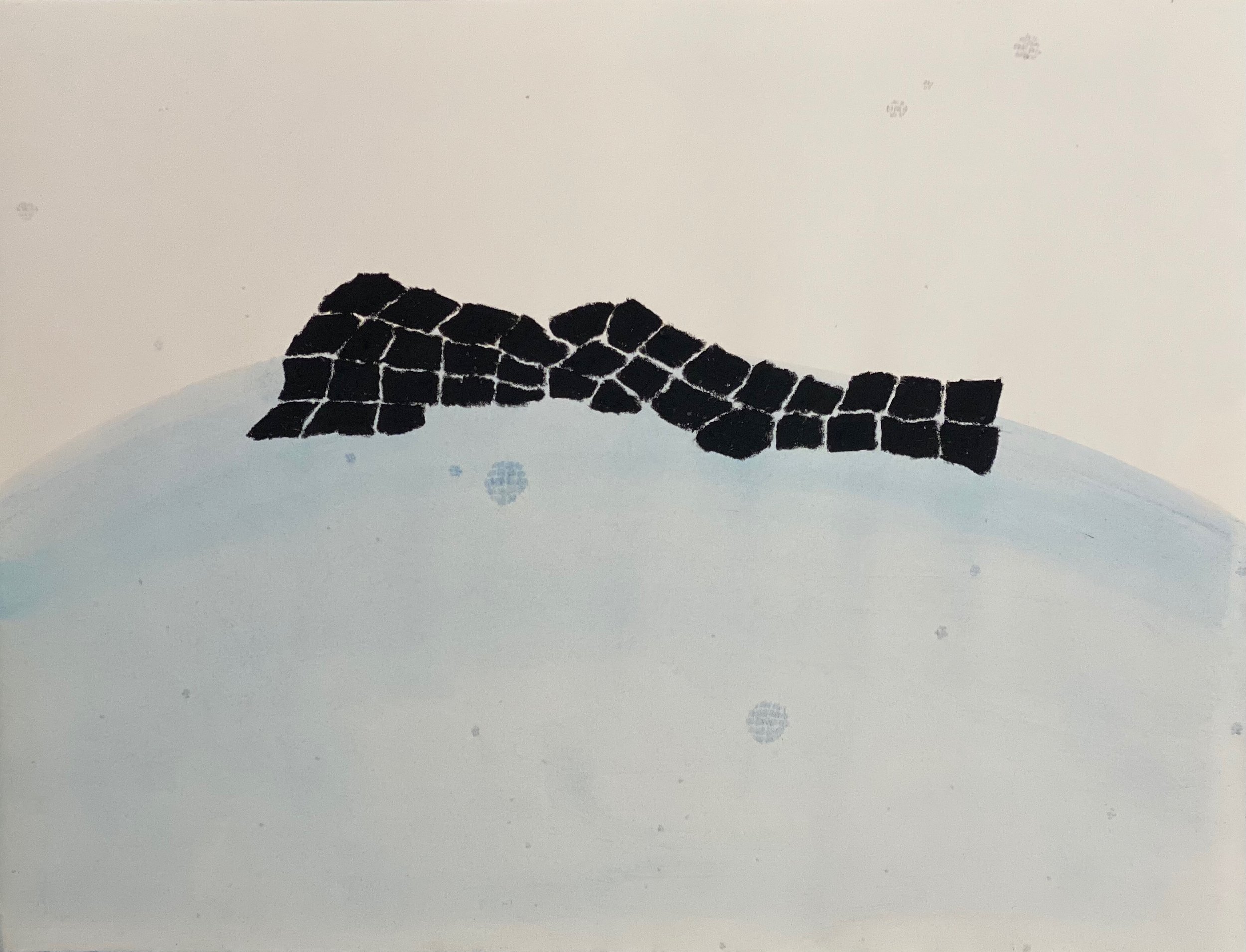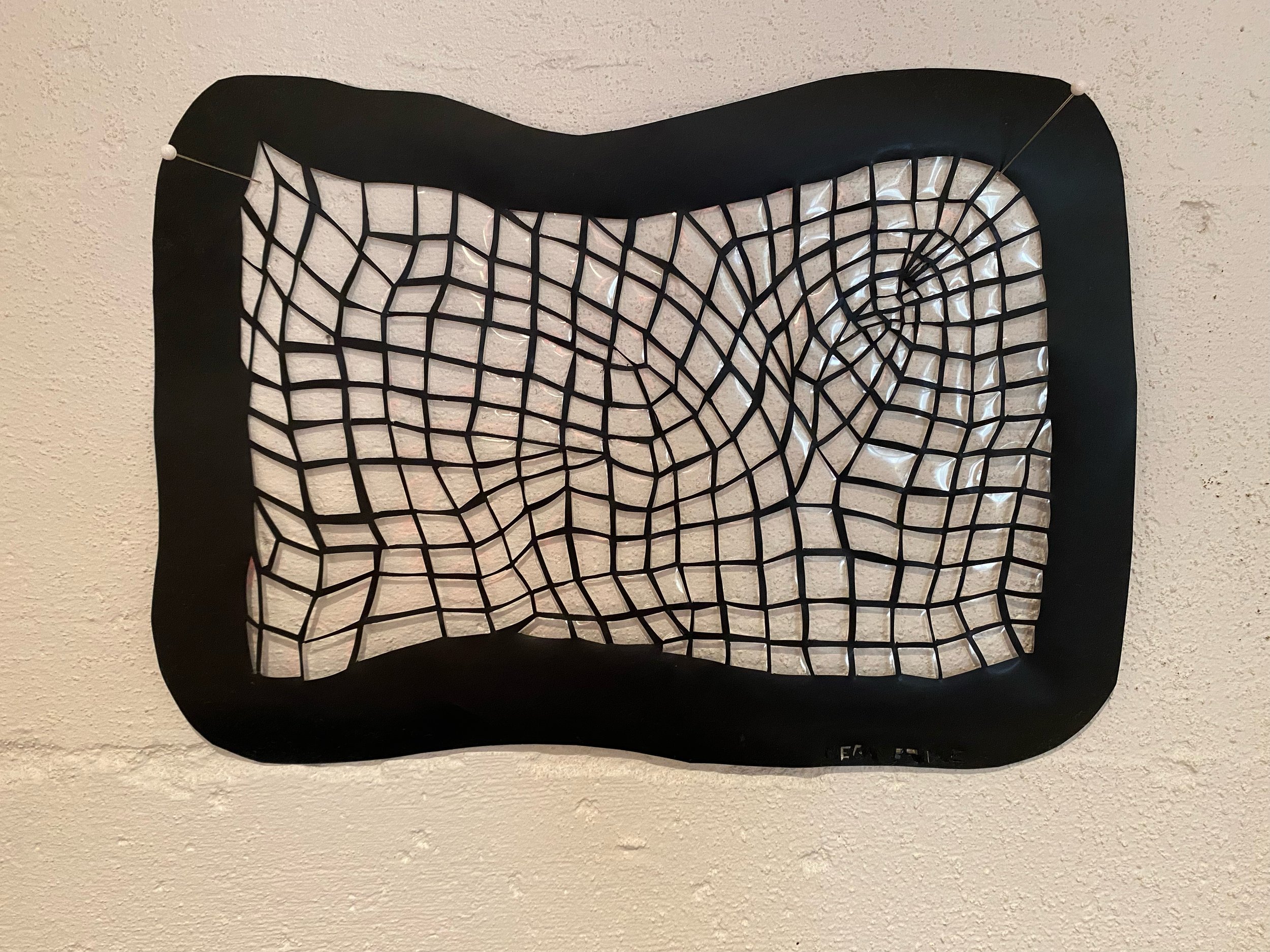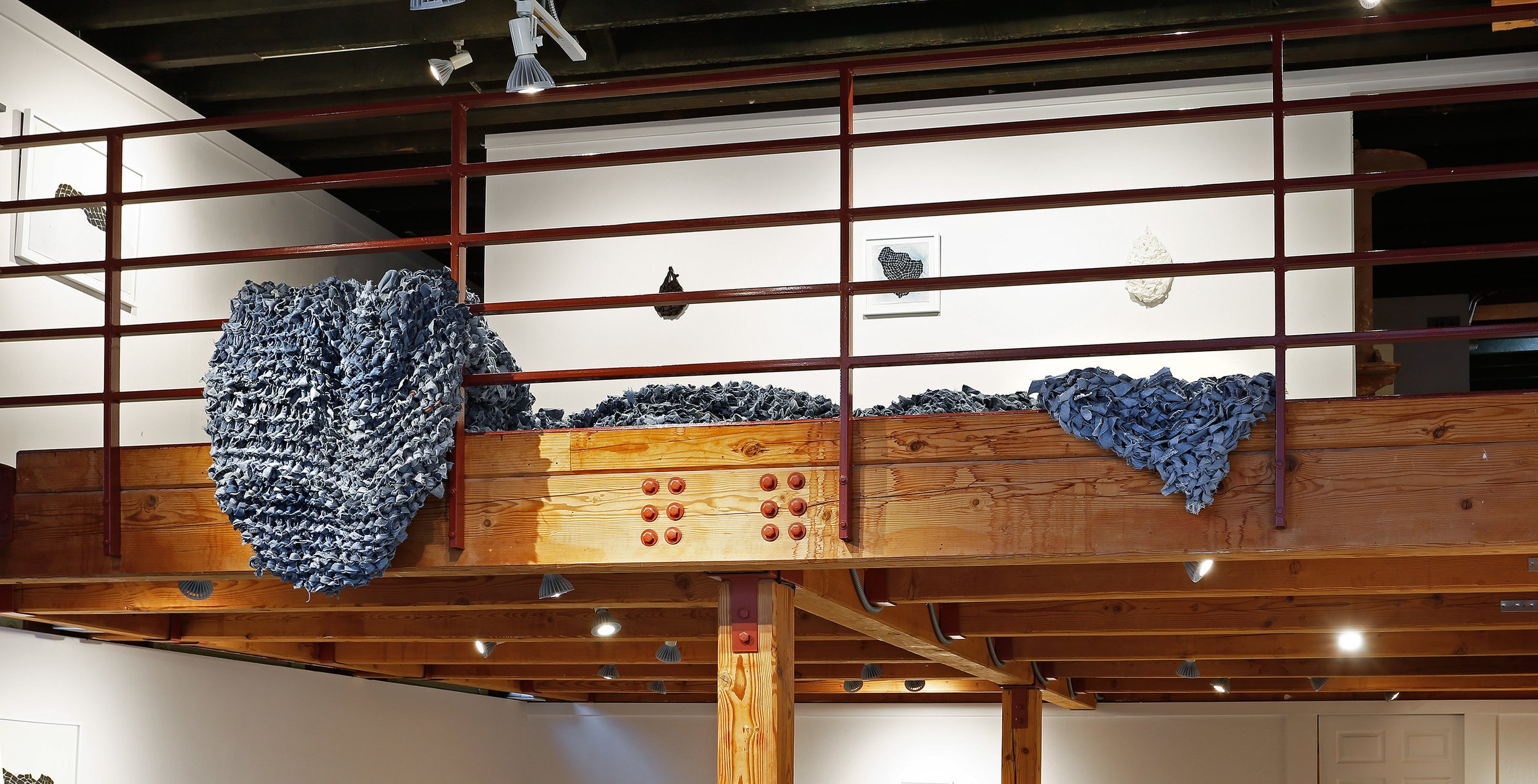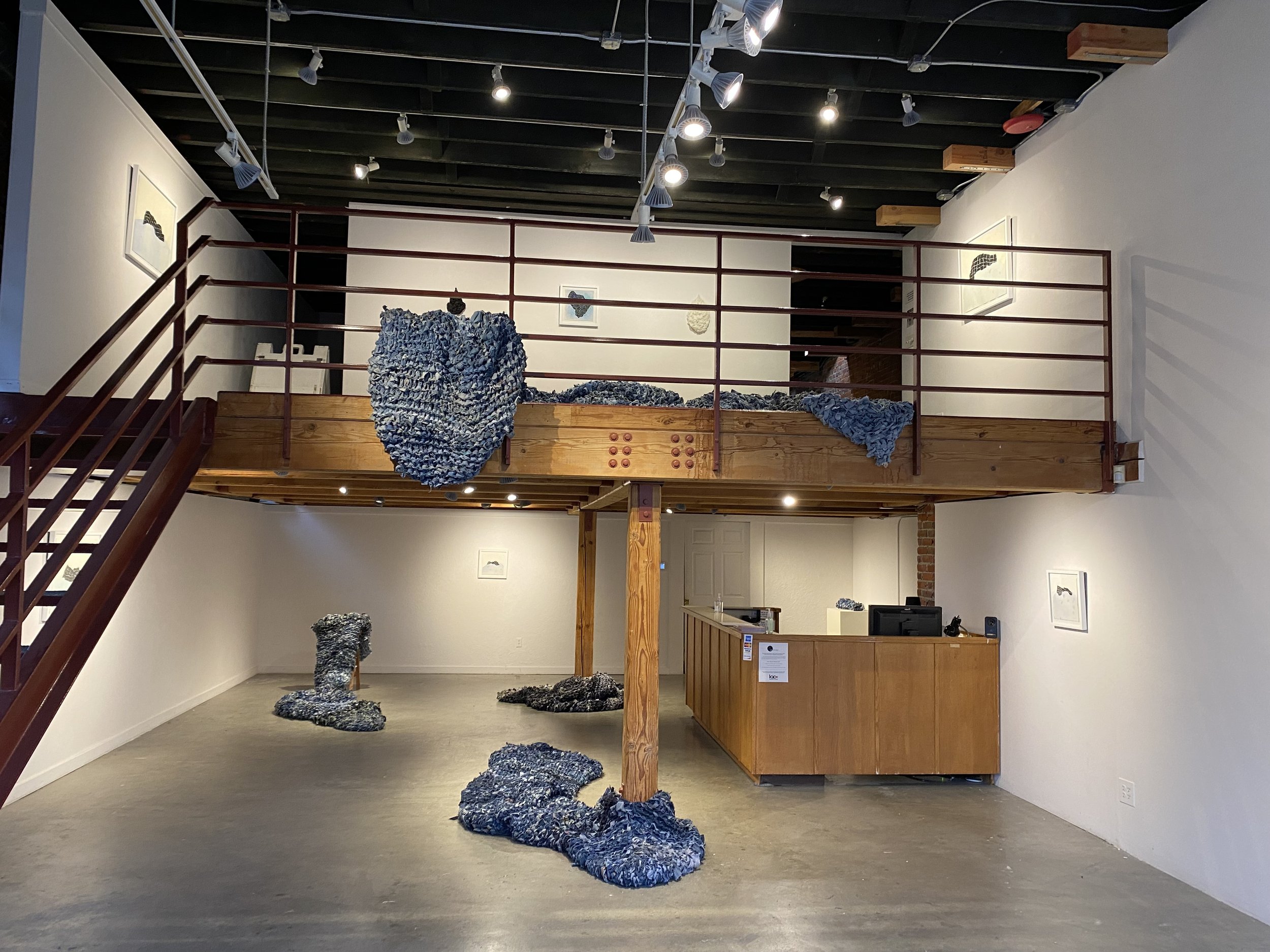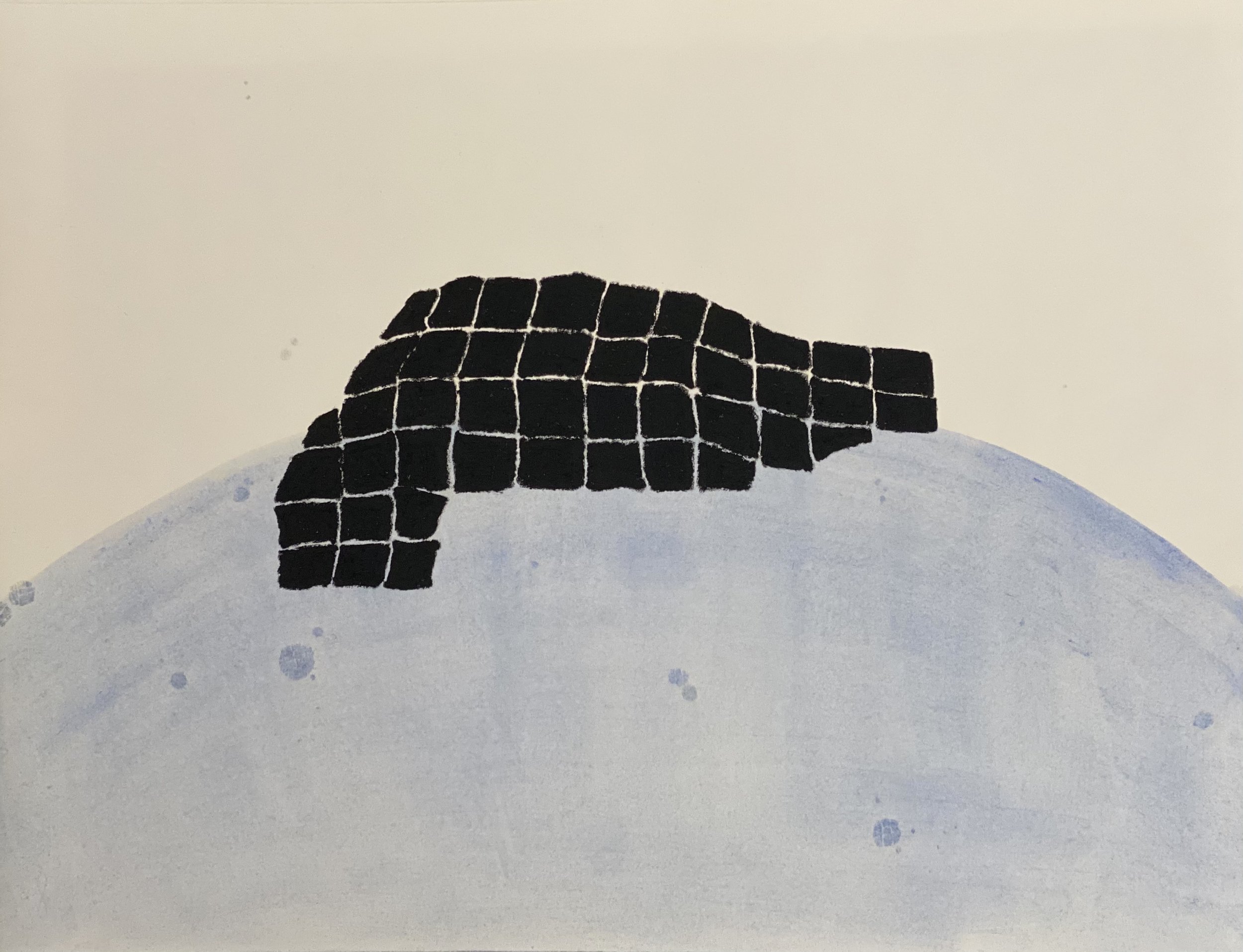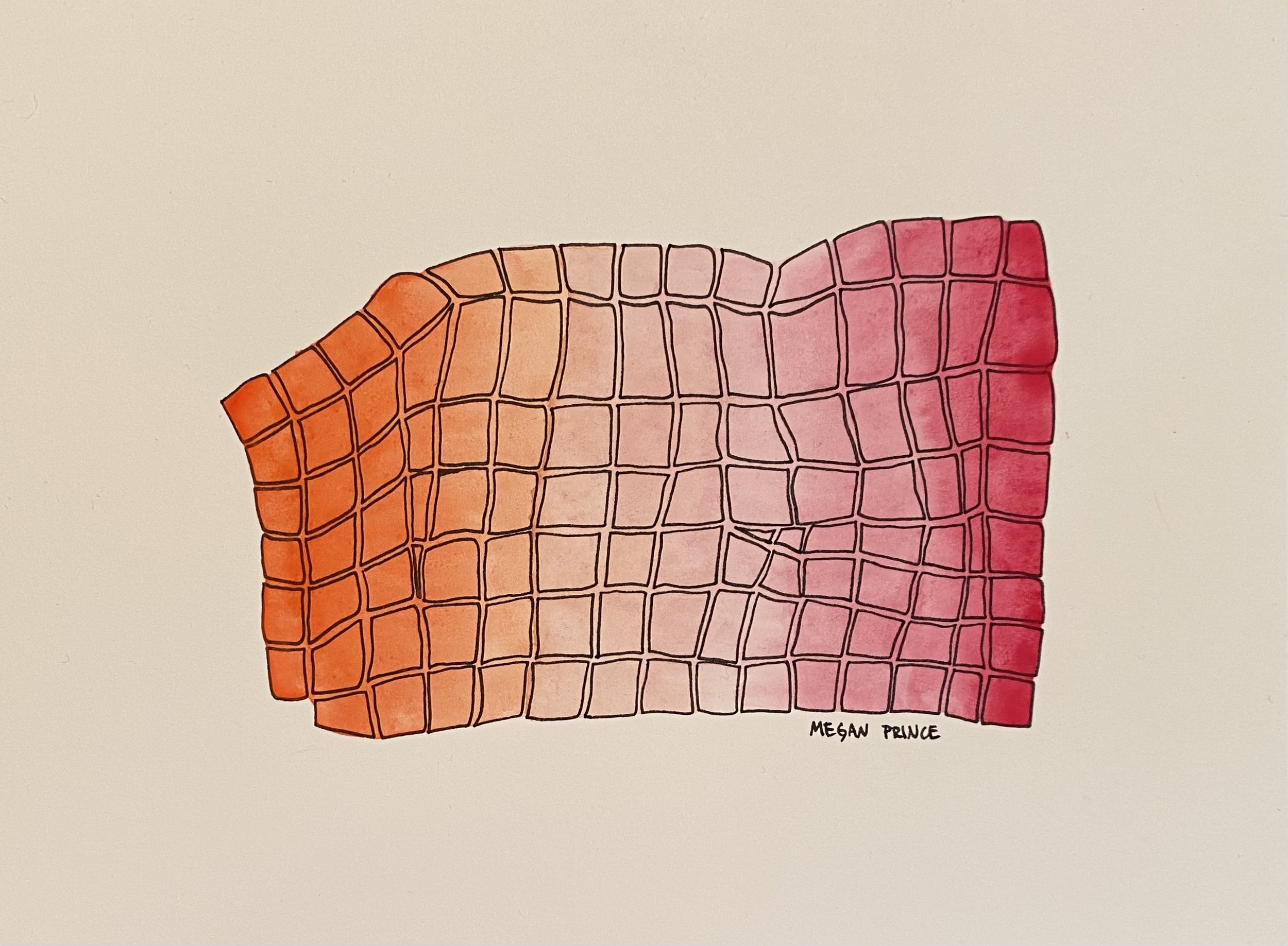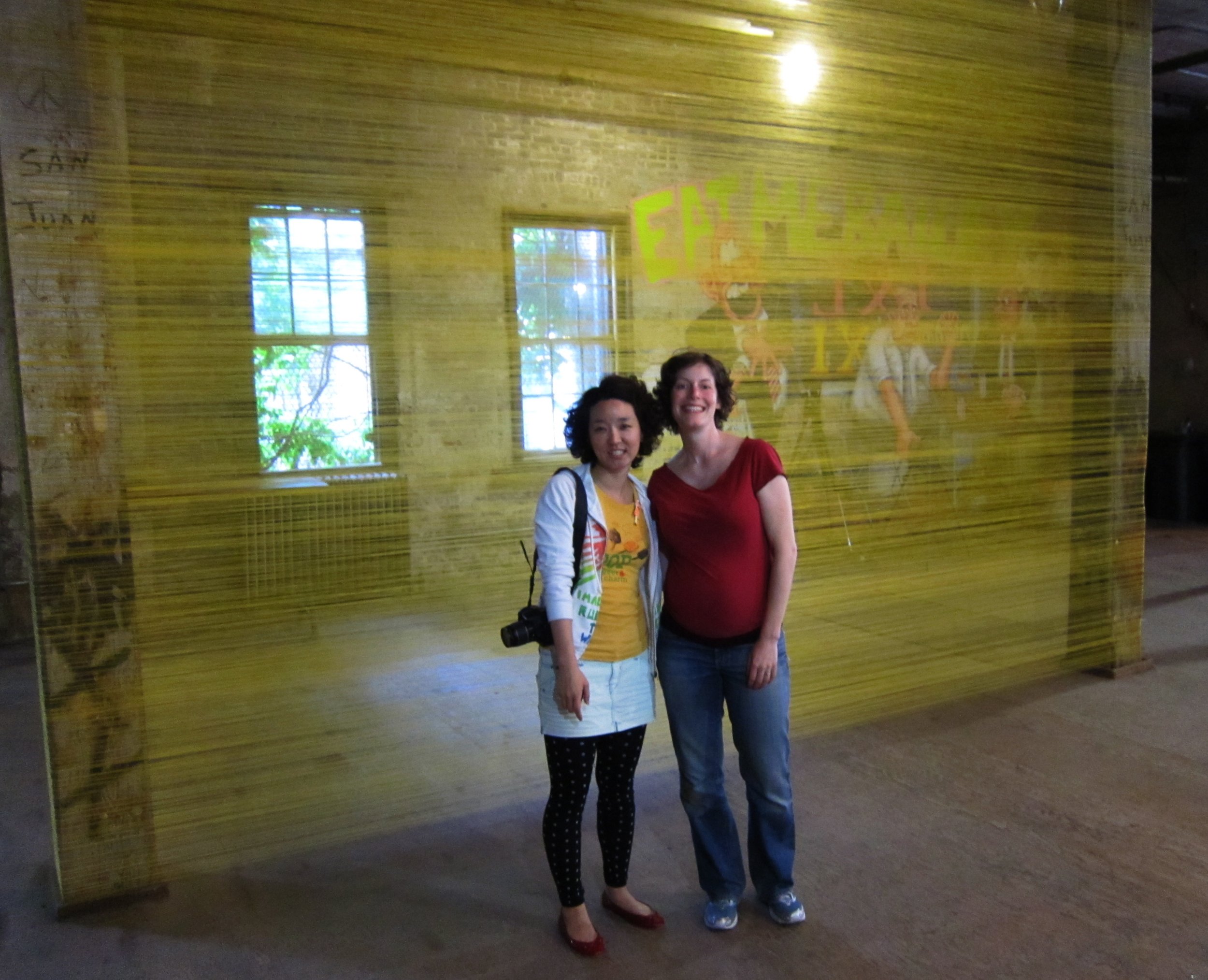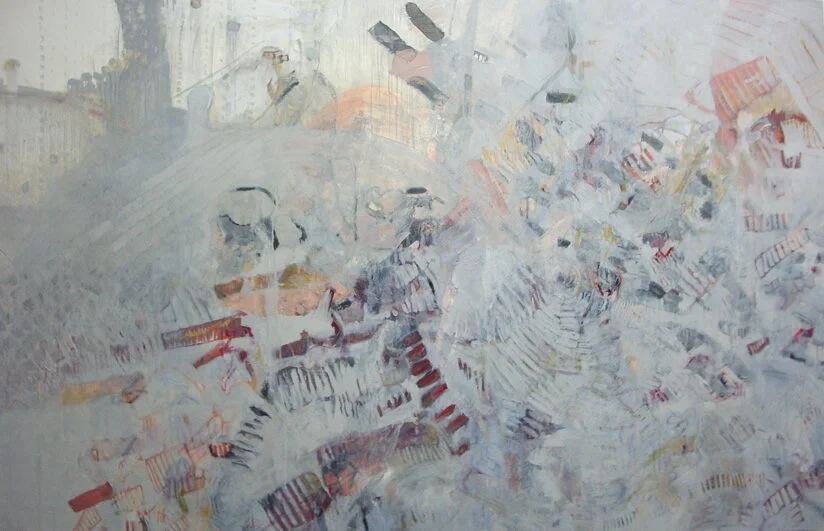Ellen McGivern:
If you could just briefly introduce yourself to the readers of this interview.
Megan Prince:
My name is Megan Prince. I am an interdisciplinary visual artist here in Seattle, Washington. My work is mostly about relationships, relationships between people, personal relationships, but also larger relationships between people in their communities and how that word community can be so many different things. Communities is a collection of works on paper where I illustrate three levels of communities, and how there's a personal community that we are individually a part of, and then there's the larger community of the earth that we're part of. But then also, one more layer higher, the greater community of the universe that we all belong to.
McGivern:
One of my questions I wanted to ask was, why do you think your work focuses so greatly on communities or with our relationship with others? Can you elaborate on your interest?
Prince:
I've been interested in relationships for a very long time. You know, it probably started out as a baby concept, more like aesthetics, and relationships in aesthetics between dichotomies of large and small things. Ugly and beautiful things, finding buried separate ideas and trying to find where they meet. As I've gotten older, I've been really interested in more personal connection in communities and within my family. I am married and have three kids and every time I've added someone to my life that has deepened my relationship with the world, and my understanding of how the world works. In the last two years, people have been waking up. Relationships are political. Many people are not included or heard. I am really interested in finding and including everyone that wants to be included. I strongly believe that whether or not someone is in our daily life, once you know someone,they have an impact on you, and you have an impact on them, even if it's not someone that you had a good interaction with.
McGivern:
I know that you've also talked about social practice as a part of your work. And can you speak a little bit about how, like your interest in relationships kind of naturally progressed into being interested in more of a social practice?
Prince:
I'm really interested in social practice and art, because it's just one more way that we can include, and be connected to, others. It's one more way to form deeper community bonds between people. I think that's part of who I am, I'm really interested in sharing. I like to share, I don't really want to hold on to something to myself. I don't want to make it something that is precious. I don't want to hold it apart, I don't want my art to be separated from life, I want it to be part of life. And in life we don’t have that kind of control over what happens. The more I can include others in my work the more it will more fully represent relationships as they truly are in life. I think social practice is a very natural progression for my sculptures, in that they start with a donation from the person who first had them, wore them, and spent their time in the jeans. The wear marks and discoloration, rips, frays, mending and stains are all part of the sculptures. Taking something like a jean that has lived a full life and has evidence beat into it and then deciding to give it a new life honoring where it’s been. (There's a total Zero Waste aspect that I love also.) The personal invitation for donors to be part of my art and also creating something with materials usually put in a landfill. Each person/donation that is added to it, creates a deeper history and intertwines us. Another way social practice is evident in my fiber sculptures is through the installation process. These fiber sculptures are very malleable and will change shape with each installation. I am inviting each curator that works with me to show this series of my work to have full creative control over the installation of them, so long as it doesn’t affect the structure of the works. Curators are a voice we don’t usually hear too much of upfront in an exhibition. However, when you walk through Great Mysterious Heart you can see the curator, J.Gordon’s, thoughtful hand in the installation. Right when we started working on this show he was excited about the work, and when I told him he and his team would get to install the work they were really looking forward to it.





